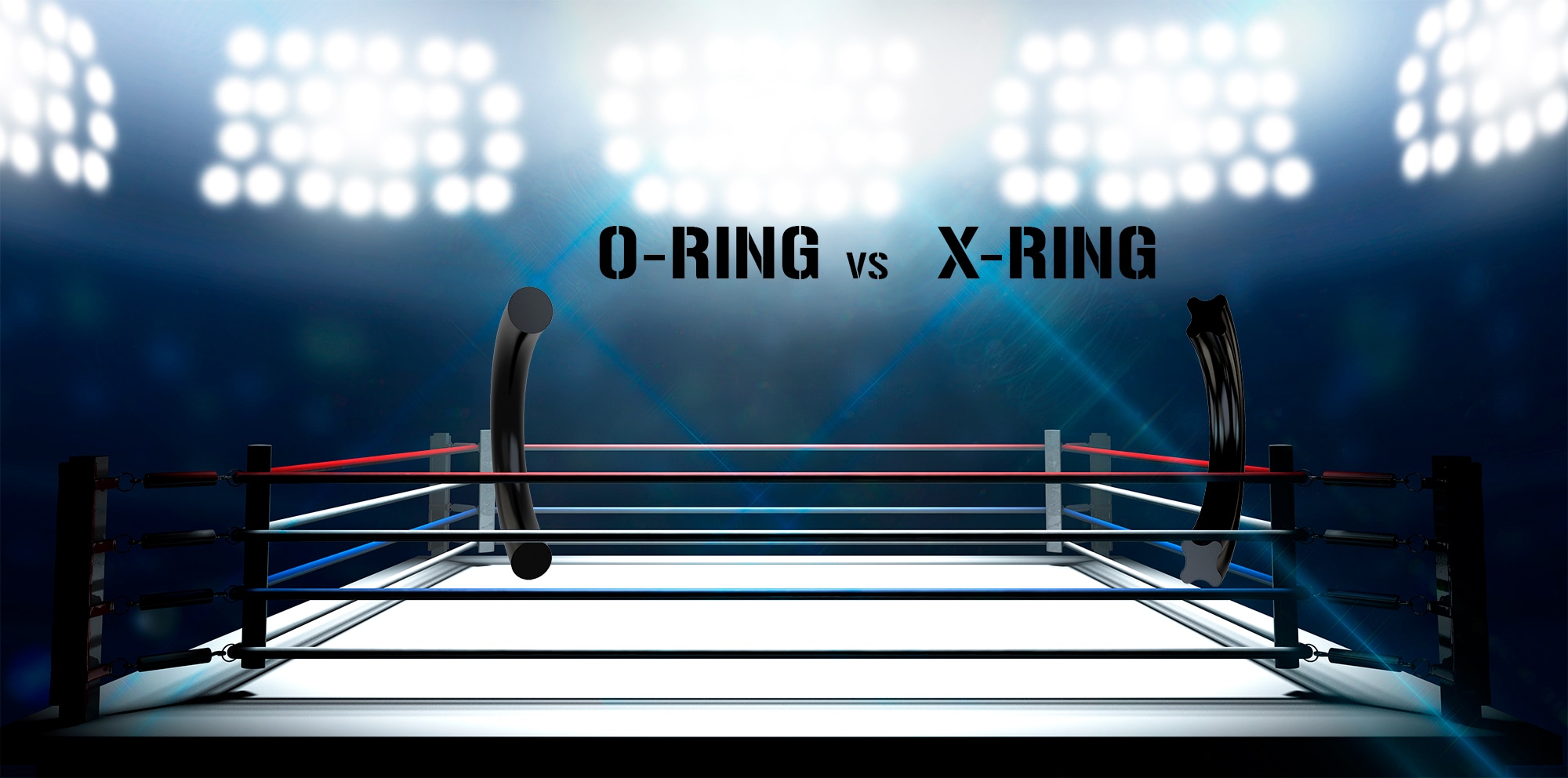
X-Rings or Quad-Rings, the seals with the most support
The O-Ring, the simplest, most versatile and economical option on the market, is a circular seal that can be used in almost any application in any industry that requires a water-tightness guarantee. The X-Ring (also known as a Trefoil or Quadruple Gasket/Seal), with its four points of support exceeds the O-Ring in many technical areas. In fact, it has four main sealing advantages over an O-Ring:
1. On an O-Ring, the hidden parting lines are always at the largest outside diameter, with this being a sealing surface. In a quad-ring, that hidden parting line (also known as flash line) is inside the two outer lobes; therefore, it does not affect the sealing lips.
2. It is more stable in dynamic applications. It is also more resistant to rolling because it has a wider base and better occupies the corners of the application groove. Extrusion is common in dynamic applications that are assembled with O-Rings, where the ring can be extruded or over-recessed. This does not happen with X-Rings.
3. They have a large lubrication retention. The grooves in the internal and external diameter of the ring retain the lubricant, which reduces friction and prolongs the life of the seal.
4. Quad-Rings require less compressive force to seal, since their four-point support design provides a larger sealing surface than an O-Ring.
These multiple seal points require less compression to provide a more effective seal than that required for an O-Ring in the same application. In addition, we must not forget that the less friction and wear, the longer the service life.
X-Rings can be used for any application that an O-Ring can, since they follow the same standard sizing and they are also available in a wide variety of materials (NBR, FPM, EPDM…). Check our stock in real time, with more than 500,000 x-rings at your disposal. Simple, easy and reachable in a few clicks.
Check if the X-Rings you are looking for is in stock
| X-Ring | Material | Hardness SH A | Temperature [ºC] | Check stock |
 |
NBR | 70Sh | -20 to +100 | |
 |
FPM | 75Sh | -20 to +200 | |
 |
EPDM | 70Sh | -50 to +130 |
